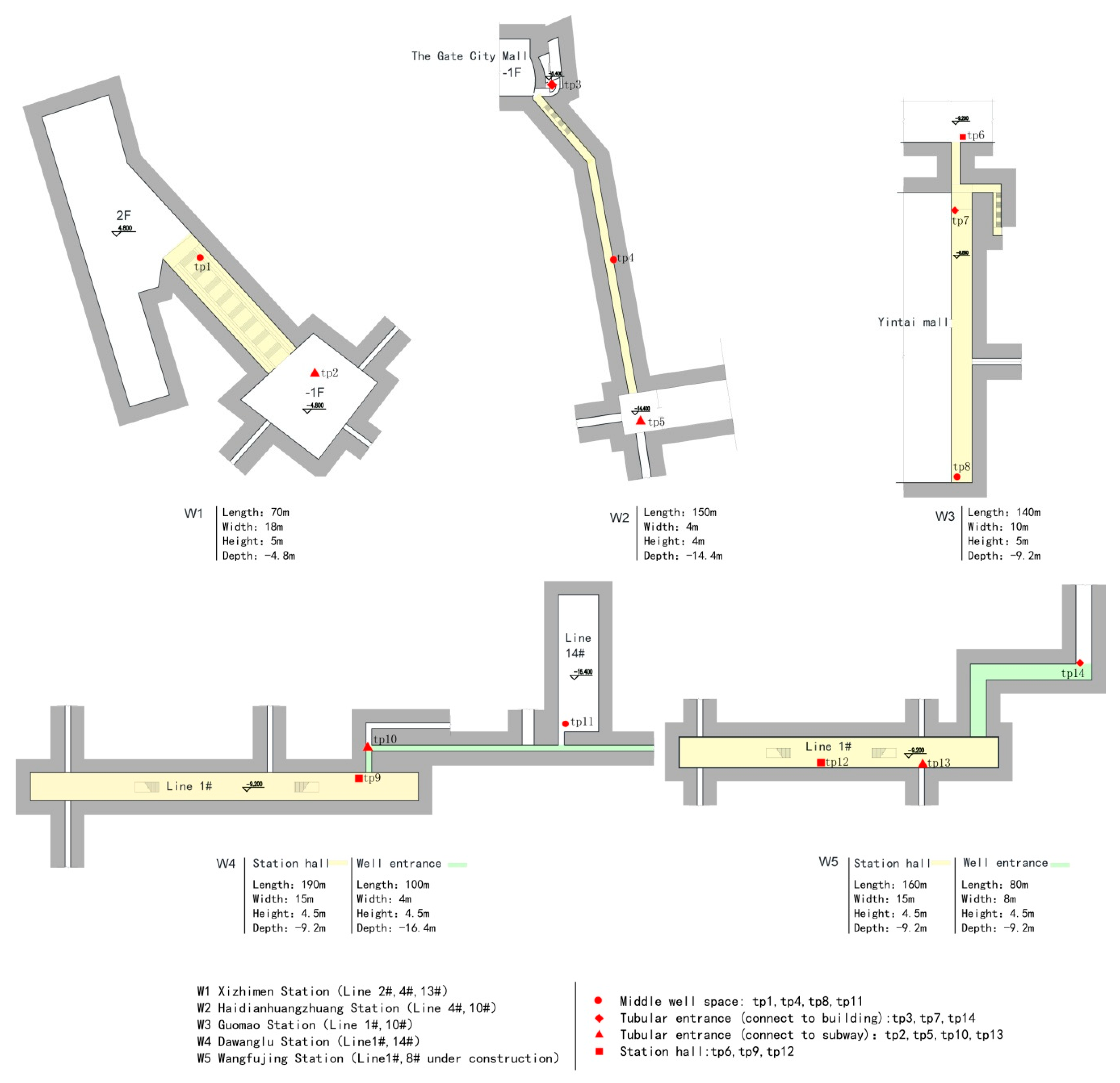
The station, called Orbital Reef, is intended as a "mixed-use business park". On 25 October 2021, Blue Origin and Sierra Nevada Corporation's Sierra Space subsidiary for commercial space activities and space tourism, released their plan for a commercial space station.

#SPACEPLAN PROTOTYPE REVIEW SERIES#
In November 2021, Sierra Nevada Corporation reported that it received a $1.4 billion investment in Series A funding, which it will use to develop a crewed version of Dream Chaser and fly astronauts by 2025. The company says it "never stopped working" on the crewed version and fully intends to launch it after the cargo version, and is still committed to the crewed version as of 2021. Īs of 2020, the Sierra Nevada Corporation says it still plans to produce a crewed version of the spacecraft within the next 5 years. Its reaction control system thrusters burned ethanol-based fuel, which is not an explosively volatile material, nor toxic like hydrazine, allowing the Dream Chaser to be handled immediately after landing, unlike the Space Shuttle. The vehicle will be able to return from space by gliding (typically experiencing less than 1.5 g on re-entry) and landing on any airport runway that handles commercial air traffic. Although it could use any suitable launch vehicle, it was planned to be launched on a human-rated Atlas V 412 rocket. It was to have a built-in launch escape system and could fly autonomously if needed. The originally planned Dream Chaser Space System is a human-rated version designed to carry from two to seven people and cargo to orbital destinations such as the International Space Station. Crewed version Īrtist's conception of the Dream Chaser Space System in the launch configuration Its thermal protection system (TPS) was made up of silica-based tiles (for most of the belly and upper portion of the heat shield), and a new composite material called Toughened Unipiece Fibrous Reusable Oxidation Resistant Ceramic (TUFROC) to cover the nose and leading edges. The new engines would use propane and nitrous oxide as propellants. The hybrid rocket engine design was dropped in favor of a cluster of Orbitec's Vortex engines. Īfter the acquisition of Orbitec LLC in July 2014, Sierra Nevada Corporation announced a major change to the propulsion system. In May 2014, SNC involvement in the SpaceShipTwo program ended.

At the time, SNC Space Systems was also developing a similar hybrid rocket for Virgin Galactic's SpaceShipTwo. On-orbit propulsion of the Dream Chaser was originally proposed to be provided by twin hybrid rocket engines capable of repeated starts and throttling.

It is intended to launch vertically on the Vulcan Centaur rocket and autonomously land horizontally on conventional runways. The cargo Dream Chaser is designed to resupply the International Space Station with both pressurized and unpressurized cargo. The crewed variant is planned to carry up to seven people and cargo to and from low Earth orbit. Originally intended as a crewed vehicle, the Dream Chaser Space System is set to be produced after the cargo variant, Dream Chaser Cargo System, is operational. Dream Chaser is an American reusable lifting-body spaceplane being developed by Sierra Nevada Corporation (SNC) Space Systems.


 0 kommentar(er)
0 kommentar(er)
